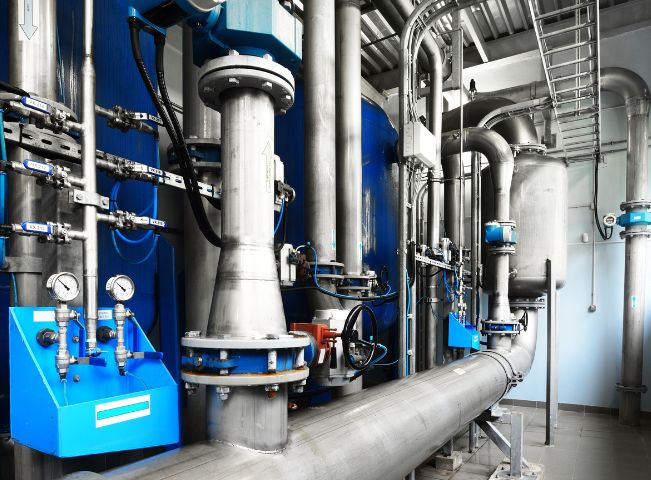Compressed air solutions are undergoing a remarkable transformation, offering innovative approaches that are revolutionizing manufacturing and production systems across a wide range of industries. Traditionally, compressed air has been a fundamental utility in factories, powering everything from pneumatic tools and actuators to material handling equipment and automation systems. However, recent advancements in technology, energy efficiency, and system integration are reshaping how compressed air is generated, distributed, and utilized. These developments are not only enhancing productivity but also driving significant improvements in sustainability and operational cost-effectiveness. One of the most significant innovations is the integration of smart sensors and Internet of Things IoT technologies into compressed air systems. These smart systems continuously monitor pressure levels, flow rates, temperature, and energy consumption, providing real-time data and diagnostics. This enables predictive maintenance, reducing downtime by identifying issues before they cause system failure. Operators can now remotely control and optimize their systems, ensuring that energy is used efficiently and that compressed air is delivered precisely where and when it is needed.

Such precise control has led to reduced energy wastage, which is particularly important given that compressed air systems are often among the largest consumers of energy in manufacturing facilities. Another major development is the shift toward variable speed drive VSD compressors. Unlike traditional compressors that operate at a constant speed, VSD compressors adjust their motor speed in response to demand fluctuations. This innovation results in substantial energy savings and more consistent pressure levels throughout the system. Manufacturers that implement VSD technology often experience reduced operational costs, lower carbon emissions, and extended equipment lifespan, making it a cornerstone of modern sustainable manufacturing practices. Moreover, advancements in air treatment and storage have contributed to the efficiency of compressed air systems. High-efficiency dryers, filters, and condensate management units ensure that air quality remains high, reducing wear and tear on downstream equipment and improving overall reliability.
Modern storage solutions, such as air receivers with intelligent control valves, enhance system responsiveness and reduce the need for oversized compressors. These improvements allow facilities to maintain optimal performance without compromising on energy efficiency. In tandem with these technological upgrades, modular and decentralized compressed air systems are becoming increasingly popular. Rather than relying on a central, discover here large-scale compressor, manufacturers are adopting smaller, localized units that serve specific zones within a facility. This not only improves system reliability and scalability but also minimizes pressure drops and leakages across long distribution networks. Decentralized systems also make it easier to isolate and address inefficiencies without disrupting the entire production process. These innovations are not only transforming existing production lines but also enabling new capabilities in advanced manufacturing environments such as additive manufacturing, robotics, and precision assembly. The improved reliability and energy efficiency of modern compressed air systems align with broader industry goals of smart manufacturing and Industry 4. 0 integration.

Comments are closed, but trackbacks and pingbacks are open.